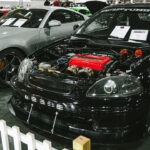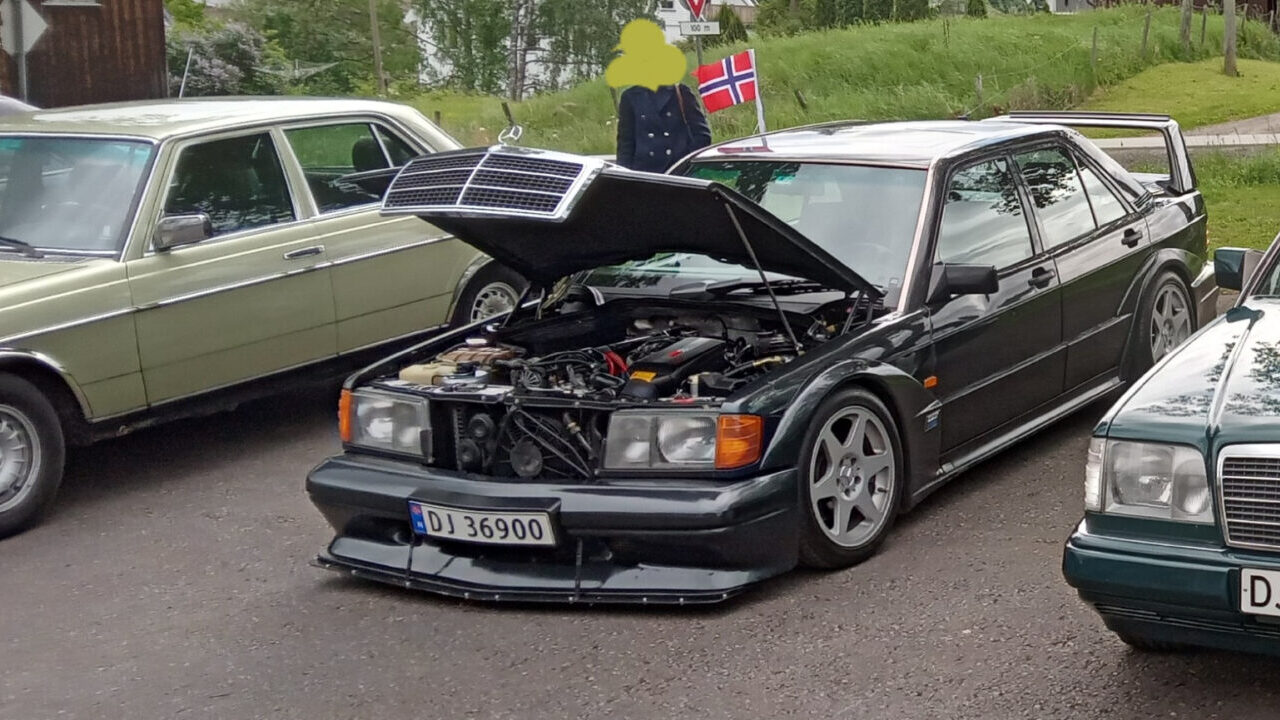
In the late 1980s, BMW dominated Germany’s DTM racing series. Mercedes-Benz was forced to create something truly special to compete and secure the championship, and this arms race culminated in the 1990 Mercedes-Benz 190E 2.5-16 Evolution II.
The homologation rules for DTM cars at the time required manufacturers to build at least 500 cars available to customers, so Mercedes-Benz forged ahead and built 502 units of the 190E 2.5-16 Evolution II. Because, why overdo it, right?!
Its rarity, combined with the car’s exclusive configuration, makes the 190E Evo II a highly sought-after classic today.
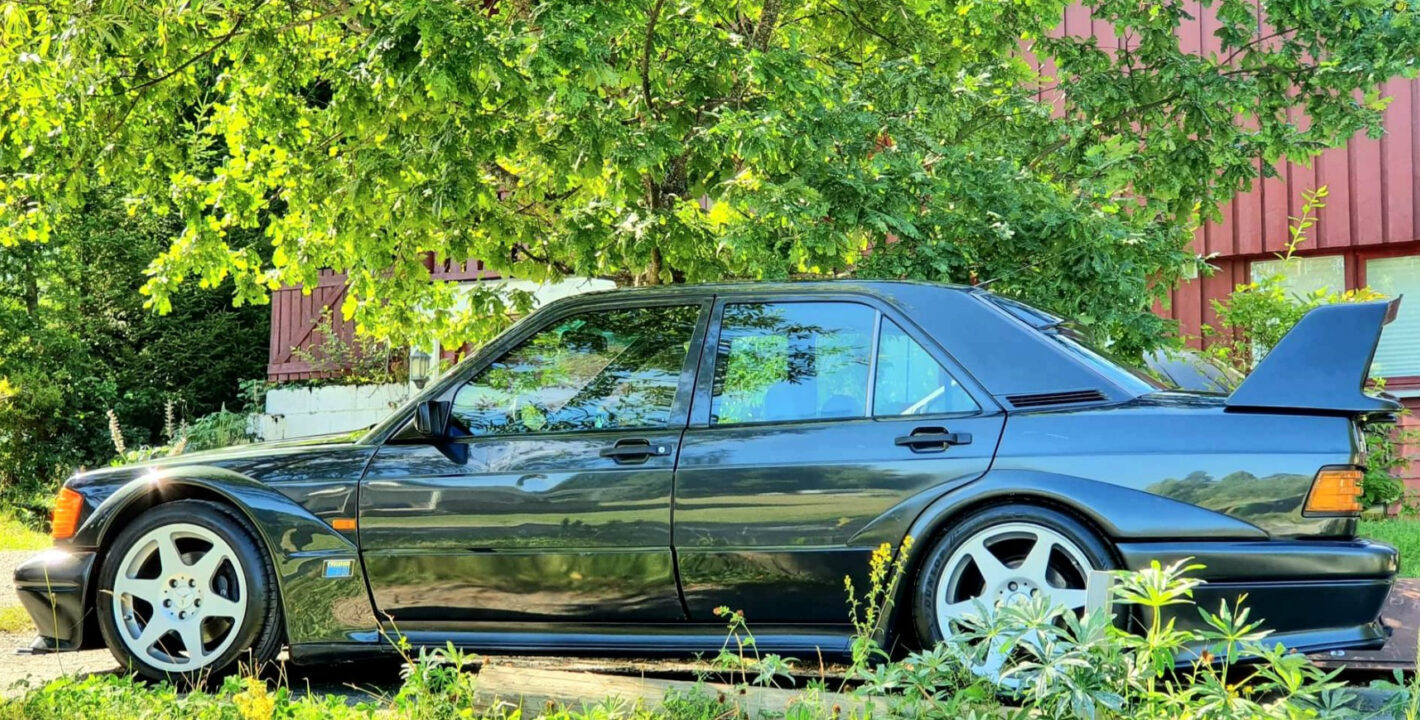
Fifteen years ago, these cars could be found for sale in Germany for around €50,000. Nowadays, you’ll need to shell out approximately €250,000 for one. That’s quite the value increase. Some examples have even been auctioned in the U.S. for around $440,000 in recent years.
The astronomical prices have turned these cars into collector and speculator trophies that are traded back and forth amongst a small group of privileged people. Few, if any, of those owners actually drive them, as using the car could risk diminishing its value.
If you do spot one on the road, it’s usually just for a photo shoot so it can be featured in the next auction brochure. That said, I’ve tracked down one owner who drives his Evo II as often as possible — madness I think we can all appreciate!
Seeing how prices have increased, I’m fairly certain that Terje Haug struck gold when he secured his Evo II — car number 406 — 24 years ago, and it remains his dream car to this day.
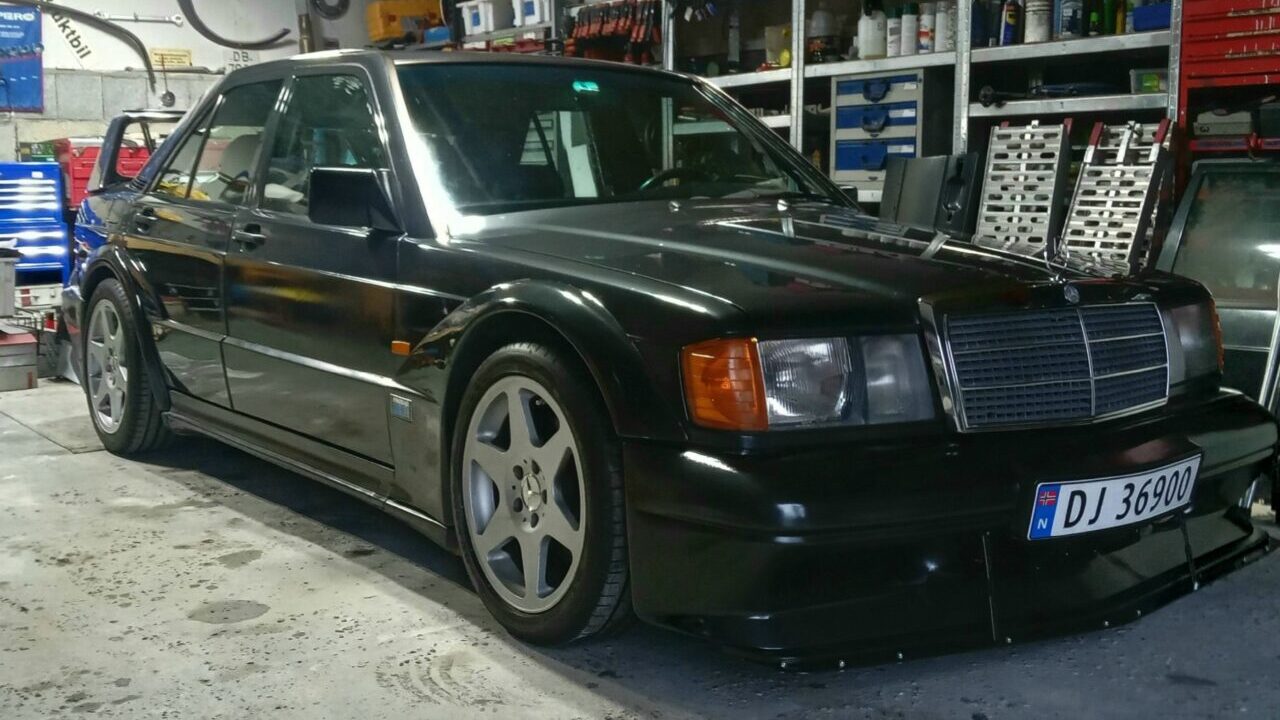
In the 1980s, the Mercedes-Benz 190E 16v project was off to a somewhat rocky start, but eventually, it grew to become a highly decorated race car.
Mercedes enlisted renowned engine specialist Cosworth to develop and build a 16-valve twin-cam head for the 2.3L engine. The idea was to send the 190E sideways on WRC rally stages, but when four-wheel-drive cars, such as the now-iconic Audi Quattro, began dominating on gravel and ice, the plans shifted. The 16-valver’s fate now laid on the asphalt racetracks instead.
The baby Benz soon found itself part of the DTM circuit, which proved to be a serious challenge. This was a battleground of deep pockets and rapid technological advancements, requiring Mercedes to dig deep to stay competitive.
In 1989, they introduced an Evolution version of the 16-valve model, featuring 16-inch wheels, a larger rear wing, wider fenders, and upgraded brakes.
The race results improved, but it still wasn’t enough, so just a year later, M-B unleashed the even more aggressive Evo II version — the one Terje owns.
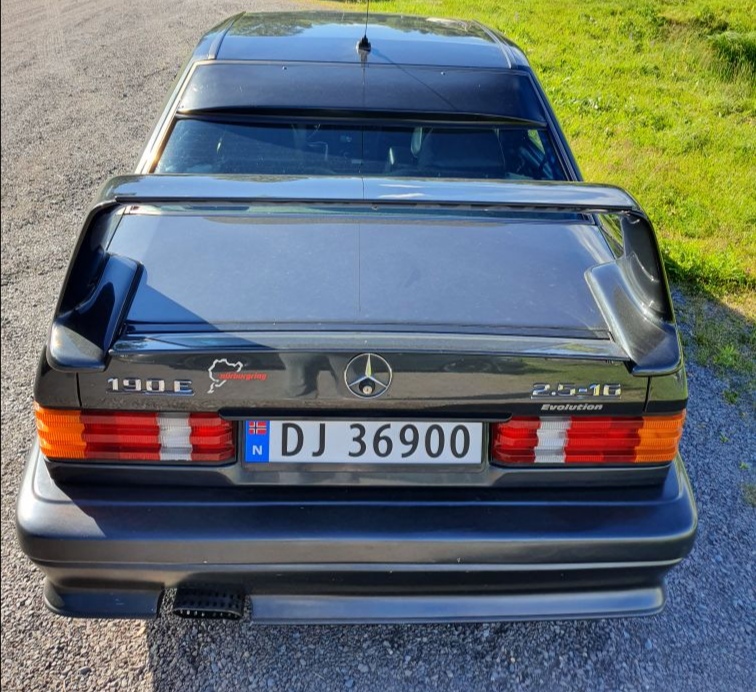
This model had 17-inch wheels, a massive wing, even wider fenders, and enhanced aerodynamics. Results followed quickly, with Klaus Ludwig finishing second in the 1991 DTM season, and then dominating the circuit the following year.
The 190E 2.5-16 Evo II won a total of 16 out of 24 races that season, taking 1st, 2nd, 3rd, 5th, and 6th places in the drivers’ championship, with Ludwig at the top. BMW and Audi were sent packing.
It’s easy to see why the street version of the Evo II has become such an icon, and it’s no surprise that Terje has kept the car exactly as it left the factory, using only original parts for maintenance. This rare beast certainly doesn’t need any additional styling or air suspension!
The standard 190E 16-valve is a stunning car, but the Evo II’s steroid-infused body kit is nothing short of theatrical, yet without coming off as it’s trying too hard to be the coolest kid in the class.
Designed by a professor from the University of Stuttgart, the aero package includes an adjustable wing and a rear-window spoiler.
The aero elements are highly functional, reducing the car’s drag coefficient to an exceptionally low 0.29 Cd while increasing downforce compared to its predecessor.
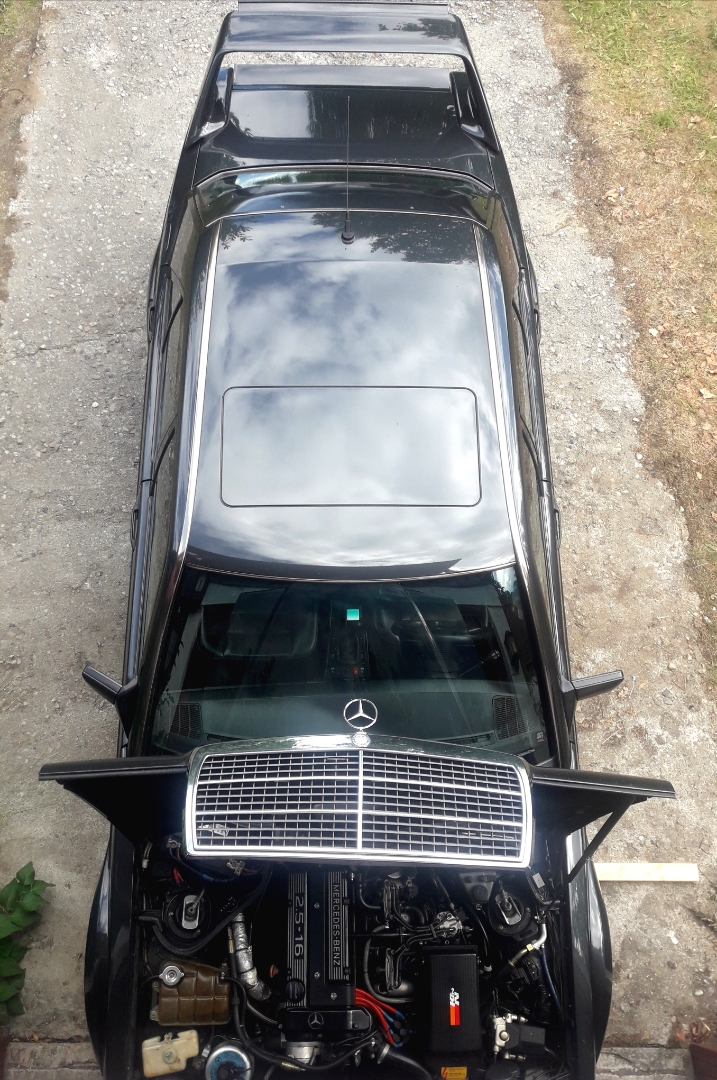
Terje’s 190E, like most of these cars, is painted “Blauschwarz” blue-black metallic. Of the 502 cars, 500 were this color, while the last two, numbers 501 and 502, were painted Astral Silver, making them the rarest of all Evolution models.
For reasons unknown, these two silver cars are not officially numbered. Some speculate it’s because they may have been test cars. Regardless, they now reside in the Mercedes Museum, so if you visit there, they might provide some answers to that question.
The first 190E 16v road cars had a 2.3L engine, but both Evo versions were equipped with a larger 2.5L engine. However, while the Evo I and Evo II both had 2.5L engines, these powerplants were not identical.
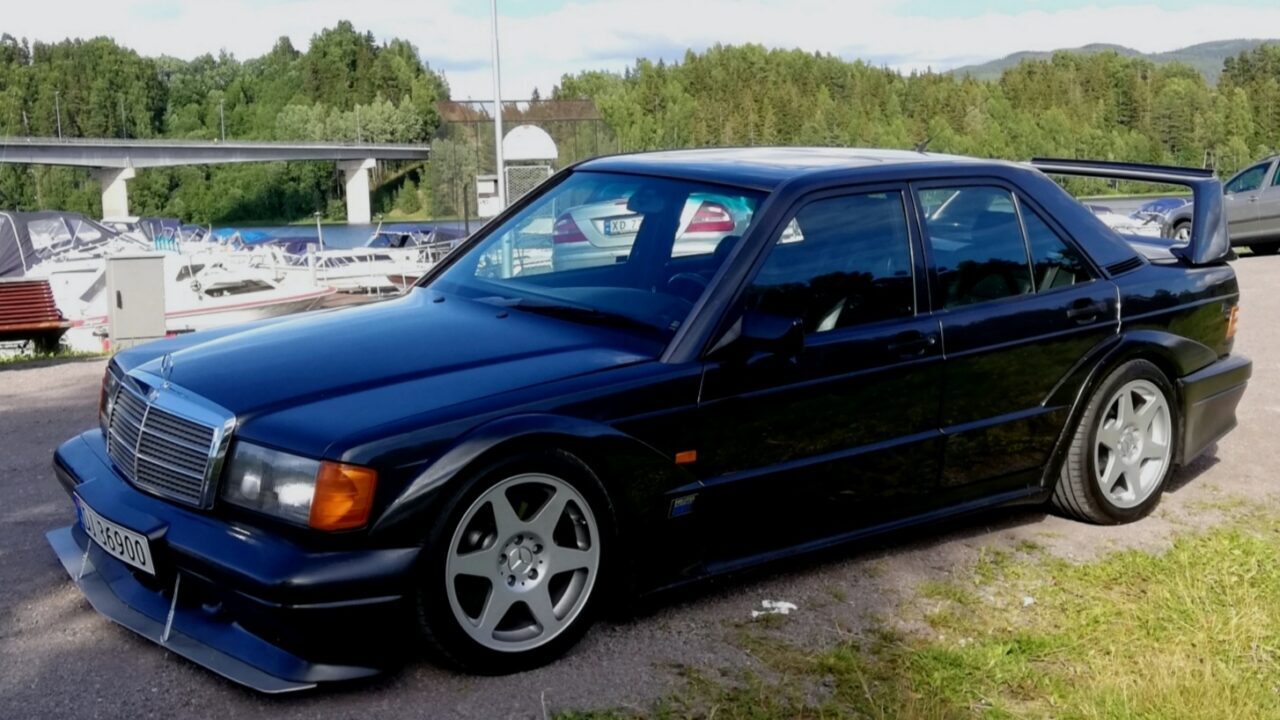
The 1990 Evo II engine differed from the Evo I version in that it was an evolution of the 190E 2.3-16 engine, not the 190E 2.5-16 as in the Evo I. This gave the Evo II engine a shorter stroke and larger bore than the Evo I.
Additionally, the AMG Power Pack was now standard rather than an optional extra as it was on the Evo I. This meant the engine produced 235 horsepower in standard form — a very respectable figure for a naturally aspirated four-cylinder engine in the early 1990s. Those looking for more could remove the catalytic converter to instantly release an additional 10 horses.
The DTM race car, the AMG Mercedes 190E 2.5-16 Evolution II, based on the Evo II road car, debuted at the Nürburgring Nordschleife, producing an impressive 373 horsepower at 9,500 rpm. This was the last DTM engine developed under the Benz banner, as subsequent versions were developed under AMG.
Inside Terje’s Evo II, everything looks as expected in a 190E. Its interior is nearly identical to the regular 2.5-16 model, and Terje’s car features black leather upholstery with electric adjustments. Seeing as it uses a 2+2 seating configuration, the rear seats are well-padded and offer excellent lateral support.
In front of the driver, the instrument layout is the same as in the 2.5-16 version, but here, the tachometer doesn’t redline until 7,600 rpm. Additional gauges for oil temperature and battery condition are located below the stereo, along with a digital lap timer.
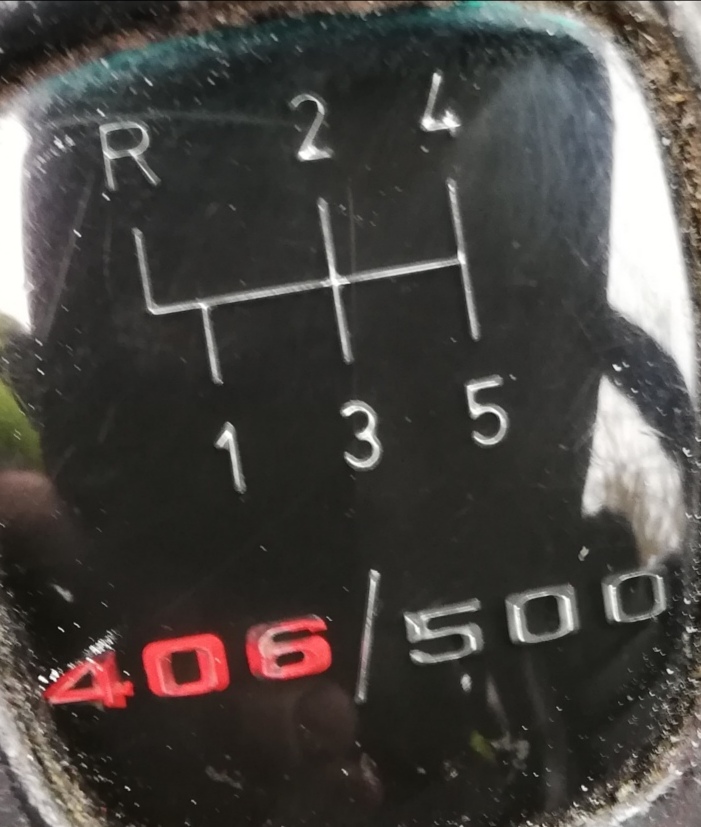
The gear knob bears the car’s production number, 406/500, and shows clear signs of use — a rarity for such a collectible. Those unfamiliar might scratch their heads at the gear positions on the knob. The explanation lies in its racing heritage.
This is a Getrag dogleg gearbox, where first gear is down and to the left. In race cars, first gear is mostly used at the start of a race. A layout like this reduces the chances of accidentally shifting into first at high speed and allows for quicker shifts between second, third, fourth, and fifth gears.
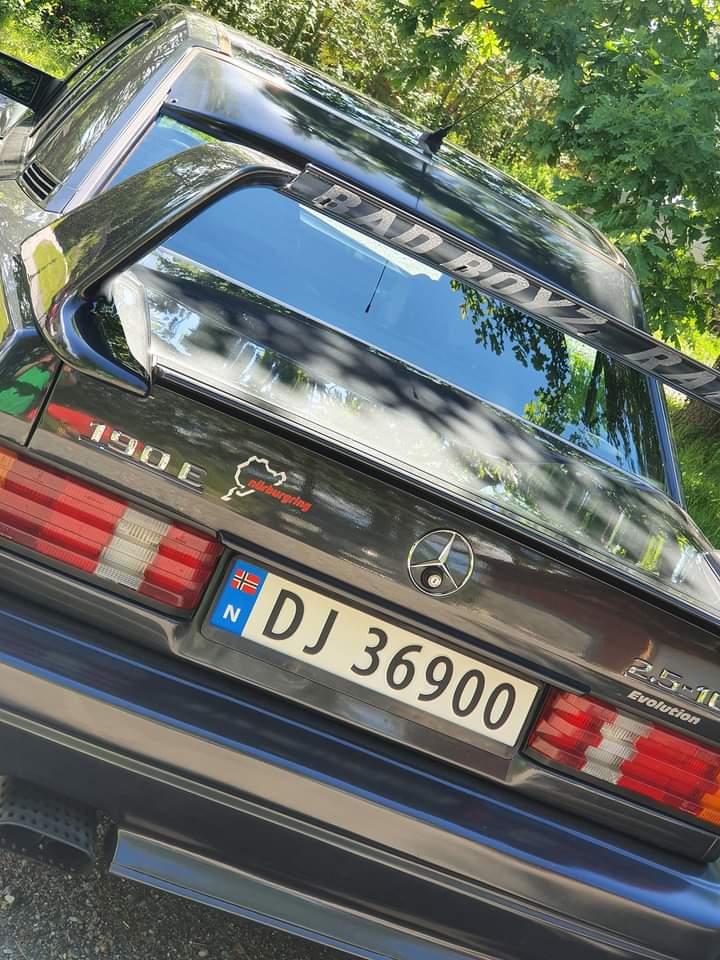
As previously stated, Terje drives his Evo II, but he doesn’t just enjoy his car on sunny Sundays. Over the years, he has driven it whenever possible. The odometer now reads 140,000 kilometers, and much of that has been on racetracks, the car’s natural habitat.
That’s right, this car has seen action at the crazy Gatebil events in Norway and even done some laps on the infamous Nürburgring. Terje even drove the entire way to Germany, and didn’t get on any ferries or take other shortcuts. It’s no wonder he describes the Evo II’s driving experience as out of this world, he’s clearly spent enough time behind the wheel to know what he’s talking about.

